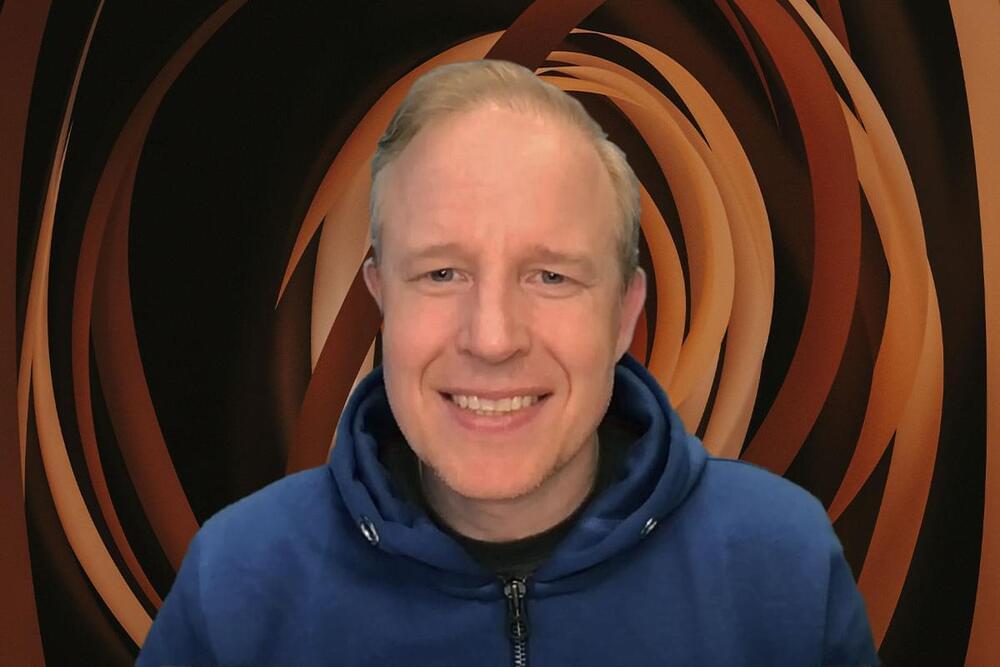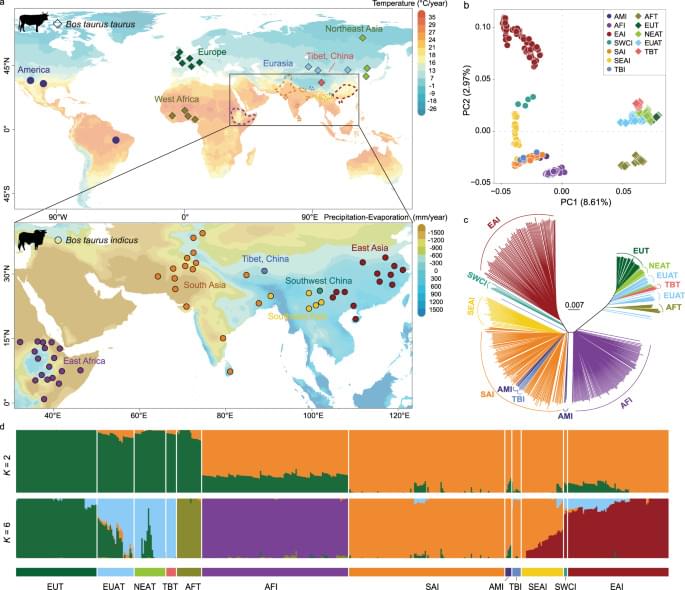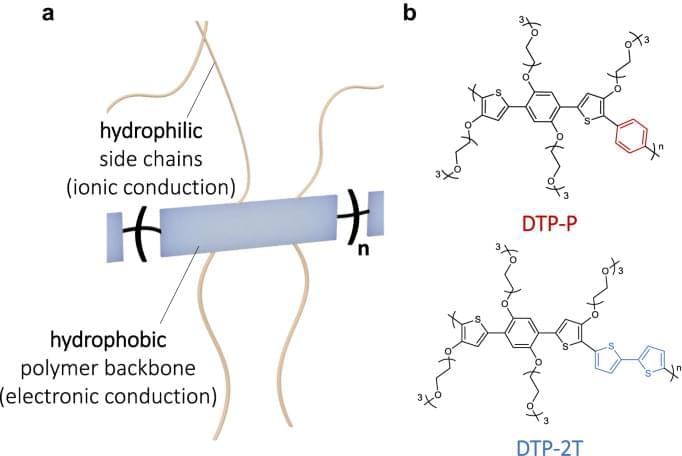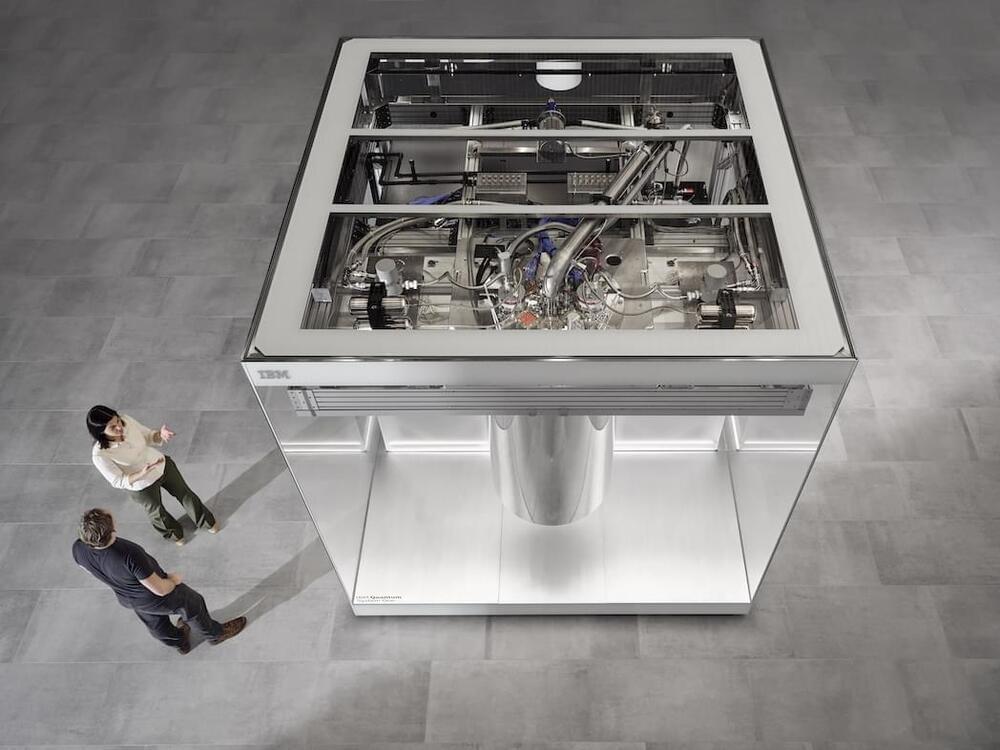Nov 29, 2023
Improving healthspan and longevity can be just like riding a bike
Posted by Shubham Ghosh Roy in categories: biotech/medical, life extension, robotics/AI
High-intensity interval training (HIIT) has become very popular; alternating short periods of intense anaerobic exercise with recovery periods, it is designed to help to decrease body fat, increase strength and endurance, and improve healthspan in protocols that last approximately half an hour.
But these days, even finding half an hour can be tricky – enter CAROL Bike, an exercise bike designed around Reduced Exertion HIIT (REHIT) and AI-personalization, meaning an effective workout can be delivered in just 5 minutes.
Continue reading “Improving healthspan and longevity can be just like riding a bike” »


















